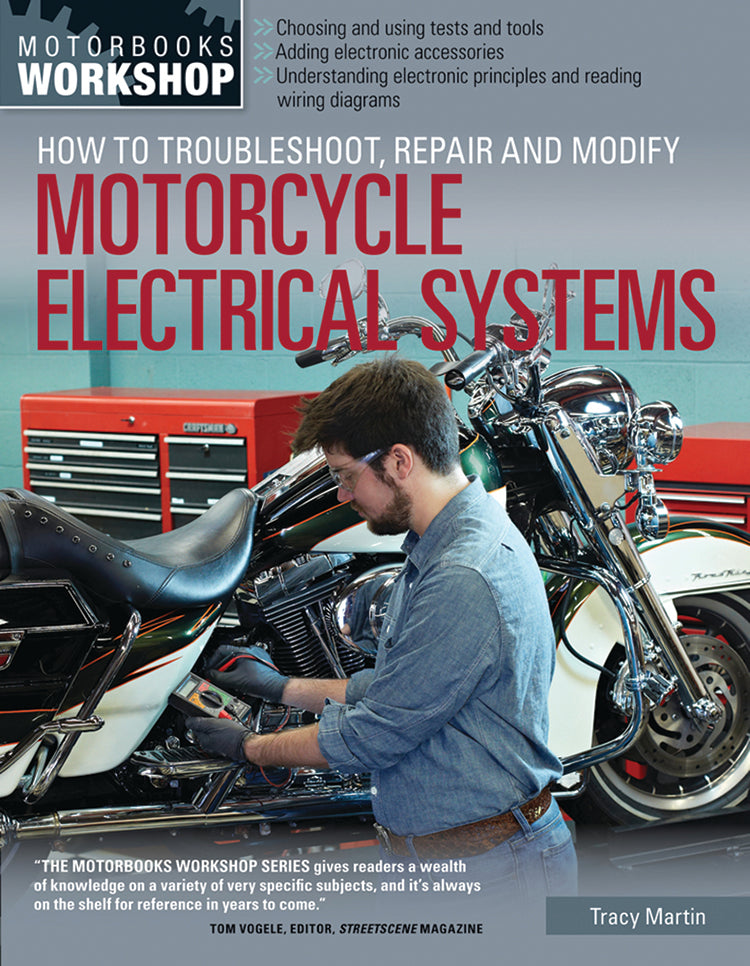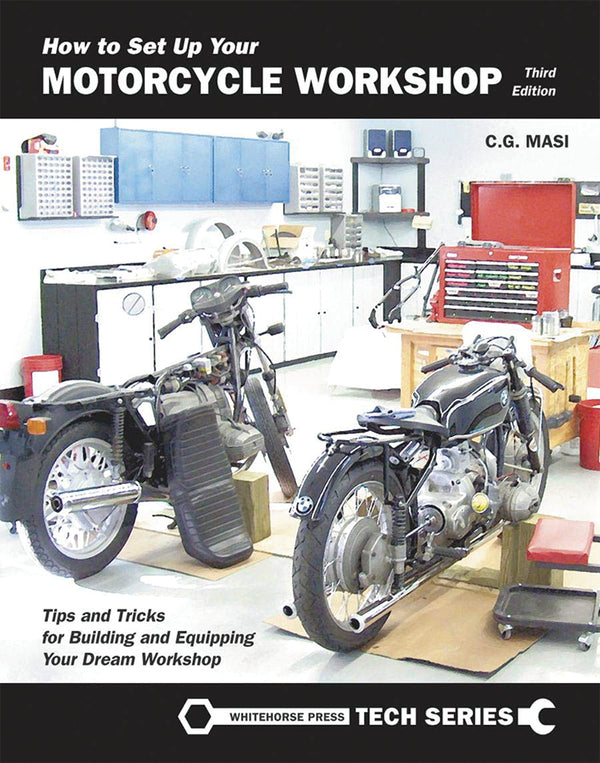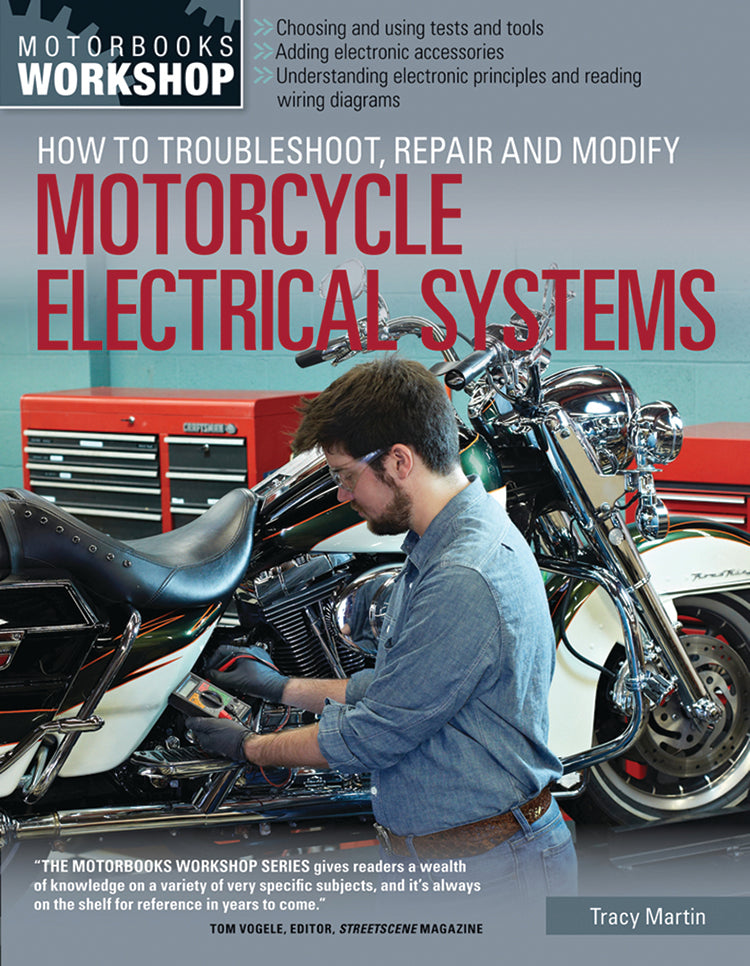I found this book to be a bit elementary for me. There wasn't a very good description of it at the online store. Newcomers to motorcycles in general and motorcycle electrics in particular, may well find this to be right up their alley.
The sections on troubleshooting are the best. Especially the photos and diagrams of how to attach test equipment, and well as expected values. I will keep these in mind when it comes time to test the charging and ignition systems on my vintage Yamaha.
I was quite surprised from the very first chapter in that there was no mention of lithium batteries. Even with a 2014 copyright, there should be a fair amount of discussion regarding lithium. I see quite a few questions still being asked on the interwebs. In addition, I didn't find any mention of the ubiquitous Battery Tender. Indeed, my last three dealer-purchased bikes all had the Battery Tender pigtail connector installed by the dealer. Perhaps the author was constrained by his list of suppliers/sponsors?
I thought the chapter on Electronic Fuel Injection was particularly long-winded. For sure, I could have done without the whole “Interview with an ECM”. I also thought that the level of detail concerning certain EFI projects was beyond the scope of an introductory text.
I was dismayed to see such wide advocacy for Posi-Locks, Posi-Taps and Scotch Lock connectors. These items are widely considered for temporary or emergency use only. Indeed, I carry a selection as part of my on-board toolkit. For permanent connections, crimped (and/or soldered) connectors, whether bullet-type or otherwise, are relatively easy to implement and can be made to be reversible, if the owner so chooses. Accordingly, there is very little mention of soldering and crimping, a serious deficiency in a motorcycle wiring book. Further, the author doesn’t mention shrink wrap at all, choosing to use electrical tape instead. The author’s suggested methods are quick, easy, cheap and easily understood, but have serious deficiencies. If it were me, I would have included Posi-Locks and such as a means to address an emergency situation, but I would have spent time explaining and illustrating the benefits of crimped and soldered connectors, particularly when a permanent effect is desired.
I would have liked to have seen more discussion regarding the reading of wiring diagrams. The author gives a good introduction, but I think more detail would have been well rewarded, especially regarding Figures 17 and 18. The question and answer format for these came up a bit short, in my opinion.
I was also disappointed to see so little attention to Fuse Blocks/ Power Distribution Units. These are a crazy easy, inexpensive and efficient method of adding accessories. Both switched and unswitched devices can be easily added, and can even be changed from switched to unswitched in minutes and vice-versa. Try that with a Posi-Lock! After installing units on both my BMWs and my Moto Guzzi, adding (or removing) accessories was, and is, a breeze. I plan to add one to the Vintage Yamaha I am restoring.
I hope the author is working on an updated version of this book. And — even better — a more advanced version.
Overall, this book will find a place on my shelf. I have bookmarked pages that I know I will be coming back to as I work on my bikes. This is a good basic reference for those new to motorcycles and to motorcycle electrics.
KonaDoc
Kailua-Kona, Hawai’i






